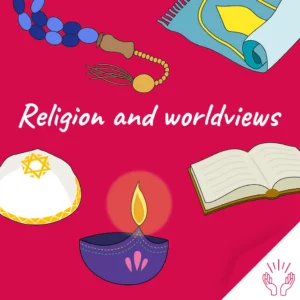School Brochure 2023-24
For full details of our school, please see our school brochure by clicking on the link below.
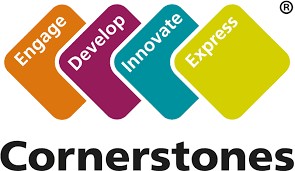
Hunmanby Primary's 'Cornerstones' Curriculum 2024-25
Our curriculum uses ‘Cornerstones Curriculum’ as the platform for many subjects we teach, such as Science, History, Geography, Design Technology, Art and Design. It is a concept-driven and knowledge-rich curriculum, including over 100 resourced projects from Nursery to Year 6. It is built on a sequenced knowledge and skills framework and the teaching sequence/planning follows the 4 ‘cornerstones’ – Engage, Develop, Innovate and Express.
The curriculum is informed by the latest findings from cognitive science about how children learn best. With everything housed on a cutting-edge platform that we use called Curriculum Maestro, the teachers are able to plan well-structured and exciting lessons whilst monitoring the progress of your child. Throughout 2022-23, we were refining this curriculum to meet the unique needs of our school to ensure that it is exciting and broad and balanced. In our lessons, we use adaptive teaching approaches to meet the needs of all learners in the class.
Other Schemes We Use
Maths is delivered through projects from the White Rose Maths scheme, and English writing is supported by a whole school approach called The Write Stuff. We use specialist schemes for computing (Teach Computing), PE, PSHE (Kapow), music (Charanga) and RE (Agreed Syllabus).
Understanding Our Curriculum Structure
Cornerstone’s curriculum has four structural tiers. Each tier builds on the previous to create interconnected layers. These interconnected layers provide a robust framework that ensures connectivity across the curriculum.
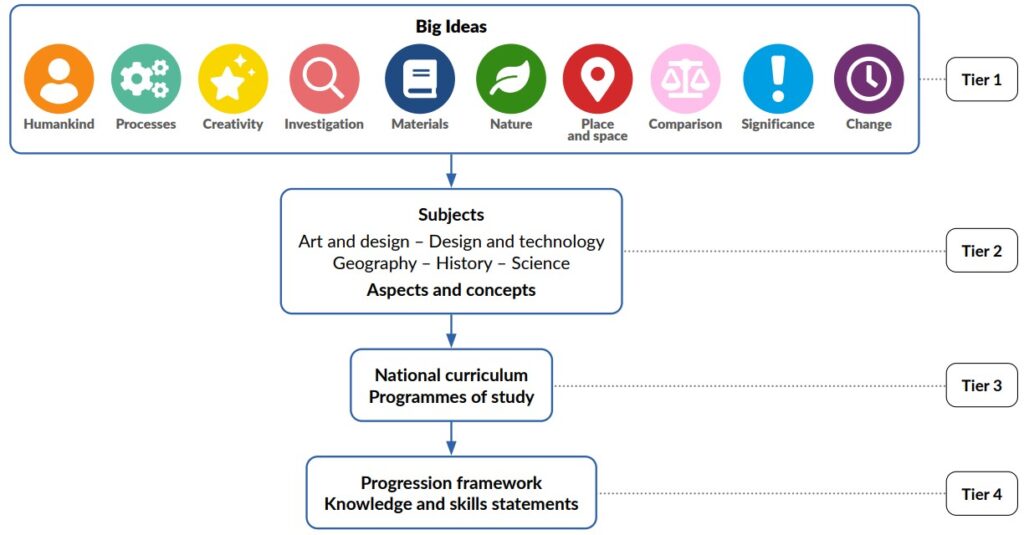
Tier 1: Our Curriculum's 10 Big Ideas (global aims)
The curriculum is led by 10 central Big Ideas. We believe that children deserve a balanced curriculum that enables them to develop a deep understanding of all subjects and the interconnections between them.
These Big Ideas are the overarching aims of the curriculum. They were conceived by careful analysis of the national curriculum subjects, drawing out common themes, which then, through a period of refinement, became our Big Ideas.
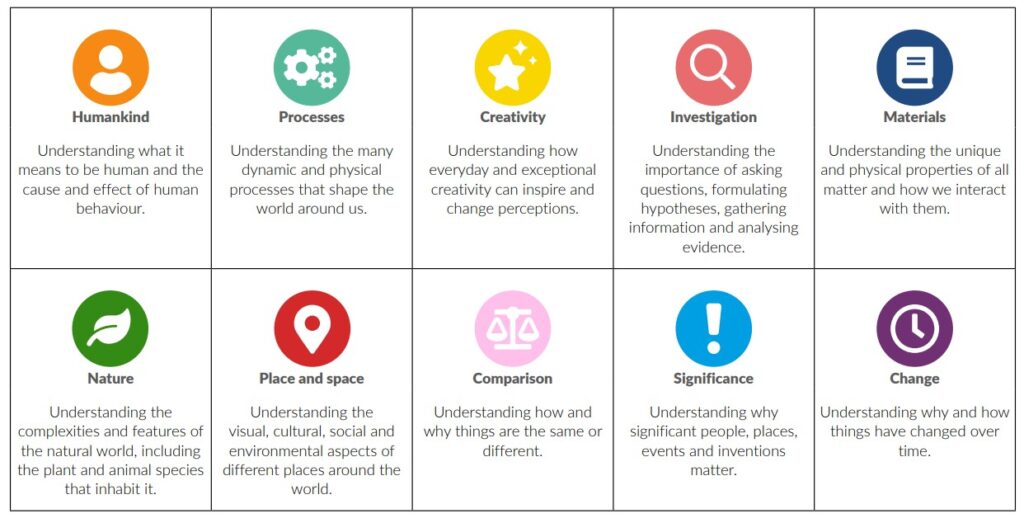
Tier 2: Subjects (Aspects and Concepts)
In Curriculum 23, we use the terms ‘aspects’ and ‘concepts’. An aspect is a particular part or feature of a subject, and a concept is an abstract idea within a subject.
In the curriculum structure, each Big Idea is directly connected to the curriculum subjects, which have the relevant aspects or concepts through which the Big Idea can be delivered.
For example, in geography, the Big Idea of Humankind is connected to and delivered through the geographical aspects of Settlements and land use and Human features and landmarks.
In history, the Big Idea of Humankind is connected to and delivered through the historical aspects and concepts of Everyday life, Hierarchy and power, and Civilisations.

The diagram below shows how the Big Idea of Humankind is linked to each subject via its aspects and concepts.
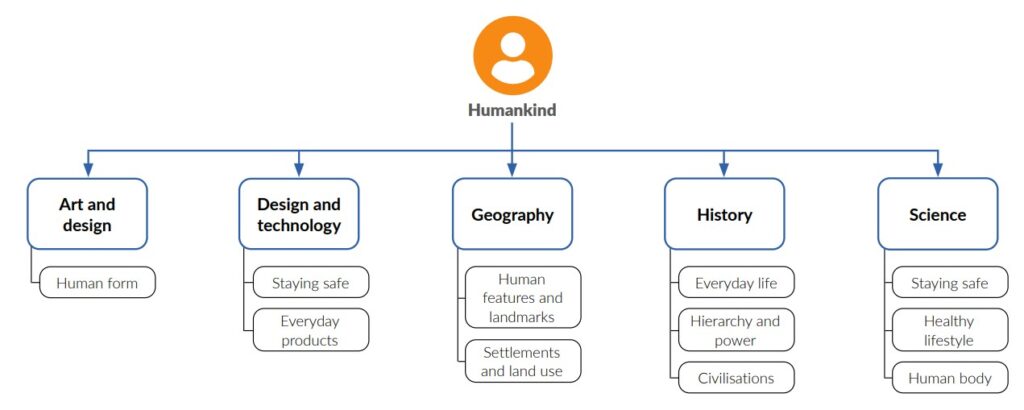
Tier 3: Programmes of Study (National Curriculum coverage)
To ensure coverage of the national curriculum, each subject aspect or concept is then matched to the relevant programmes of study. Across the curriculum, there is full coverage of the programmes of study for art and design, design and technology, geography, history and science. The diagram below shows an example of how Tier 2 leads into Tier 3.
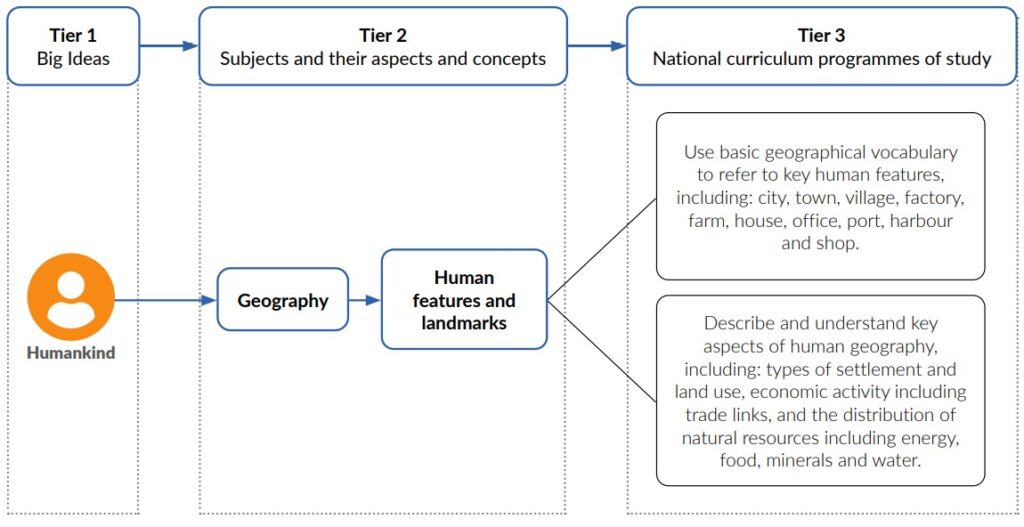
Tier 4: Progression Framework )Knowledge and Skills statements)
In Tier 4, programmes of study, aspects and concepts are broken down into smaller component parts or ‘chunks’ to form a cohesive progression framework. The progression framework runs from Nursery to Year 6 and includes knowledge and skills that children need to know and be able to do in order to make progress through the curriculum.

The diagram below shows how a programme of study is broken down further into knowledge and skills statements for the aspect of Human features and landmarks in geography.
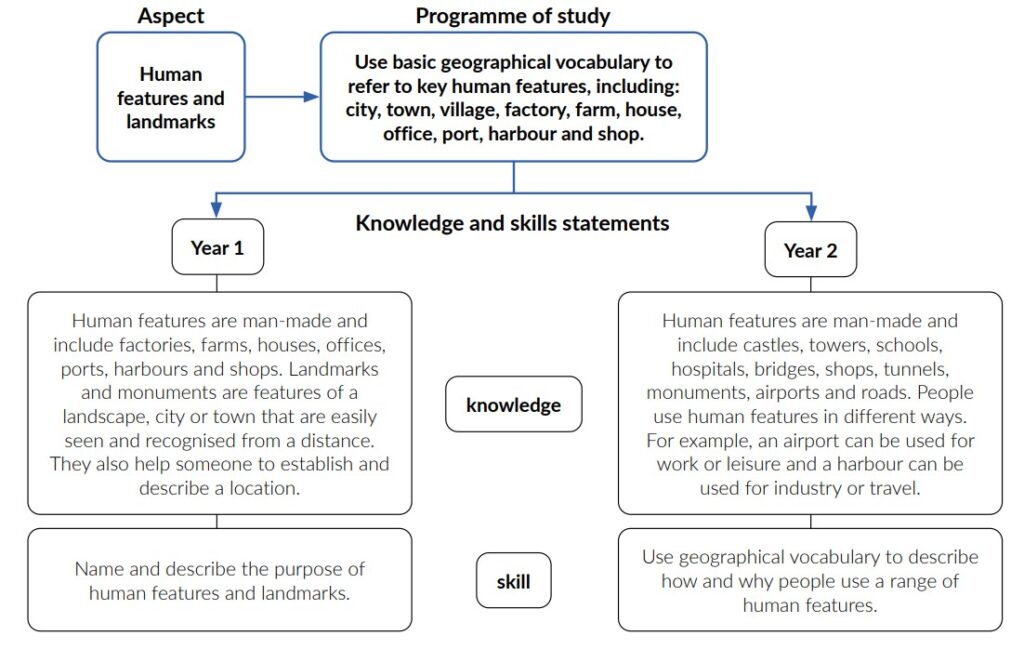
Reading At Hunmanby Primary
At Hunmanby Primary School, children have a wealth of reading opportunities in the course of the school day, in which to develop and extend their skills, confidence and interest, including guided reading, regular independent reading and reading with an adult.
Reading and Phonic Schemes in Early Years and Key Stage 1
To teach phonics and early reading in EYFS and Key Stage 1, we follow the Little Wandle Letters and Sounds Revised programme (from September 2021). When children have completed the phonics programme (usually in Year 2), they move to the school’s chosen spelling scheme (Rising Stars Spelling). We ensure our curriculum is interactive and engaging for all.
Children read phonically decodable reading resources, including Big Cat for Little Wandle Letters and Sounds and Big Cat Phonics readers, directly matched to their individual phonics knowledge and needs. Children work through the reading scheme, following careful assessments of phonics knowledge by teachers. Parent/ Carers are invited to information evening meetings covering Early Years and KS1 Reading, Phonics and Maths.
Click on the link below for more information about our chosen phonics and early reading scheme
Reading and Spelling in Key Stage 2
In KS2 (and in Year 2 where appropriate), we use the Rising Stars Spelling scheme. to develop spelling strategies. Children progress from phonically decodable reading books to the KS2 system and then onto ‘free readers’ in their independent reading. We also use Reading For Inference as an approach to reading as well as an intervention.
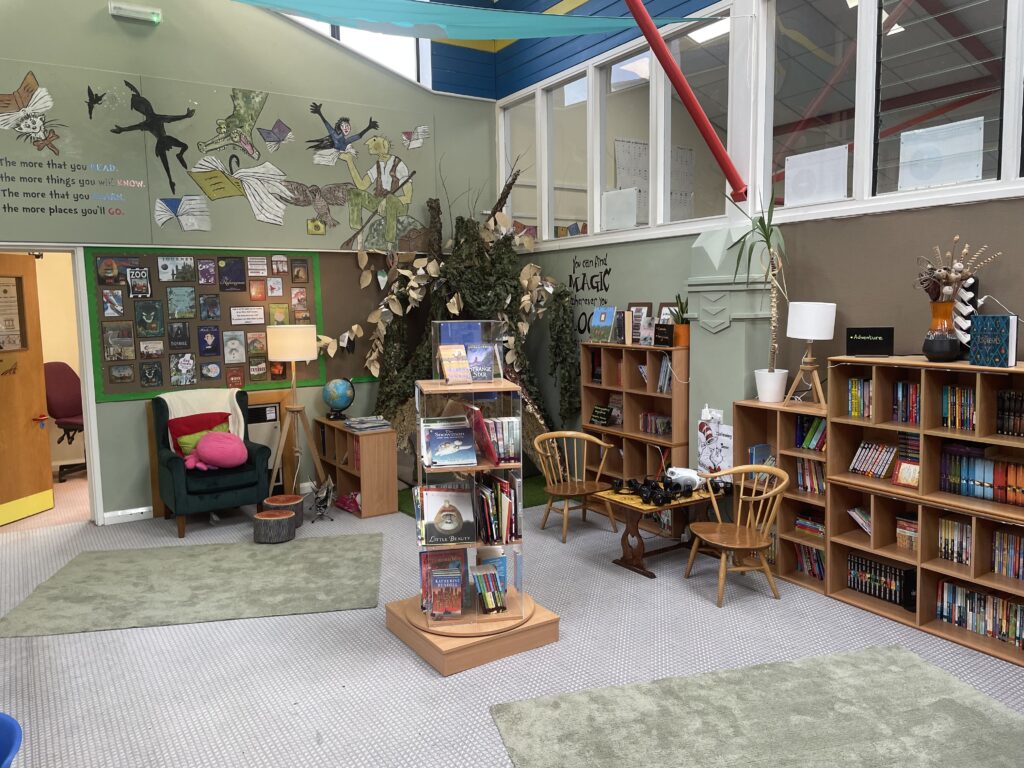
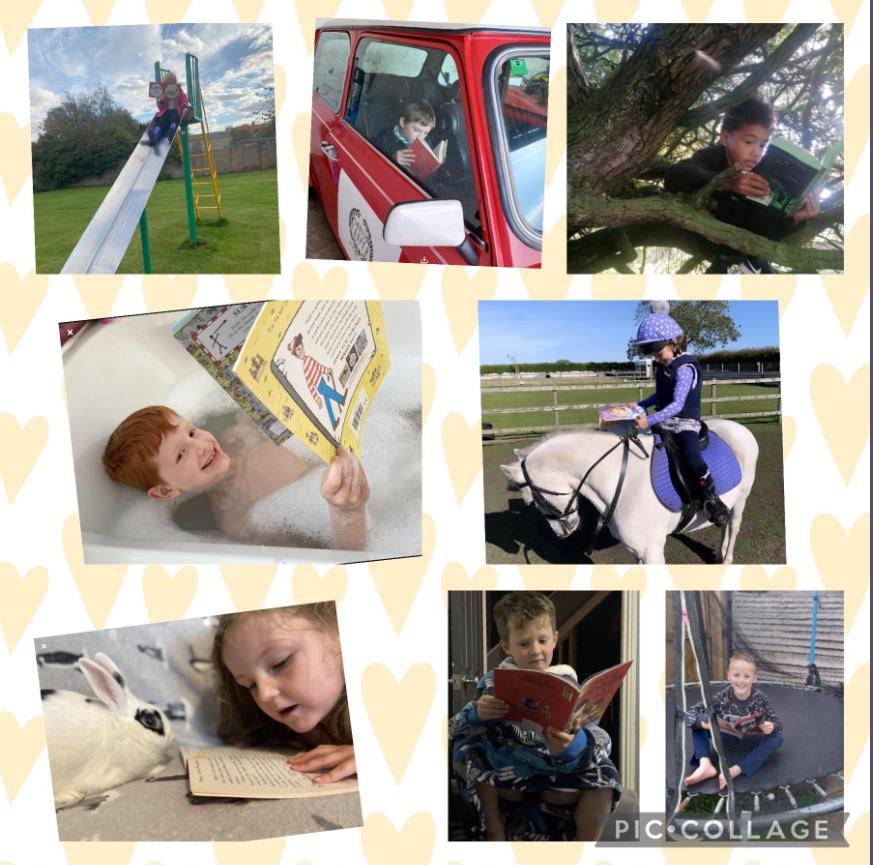

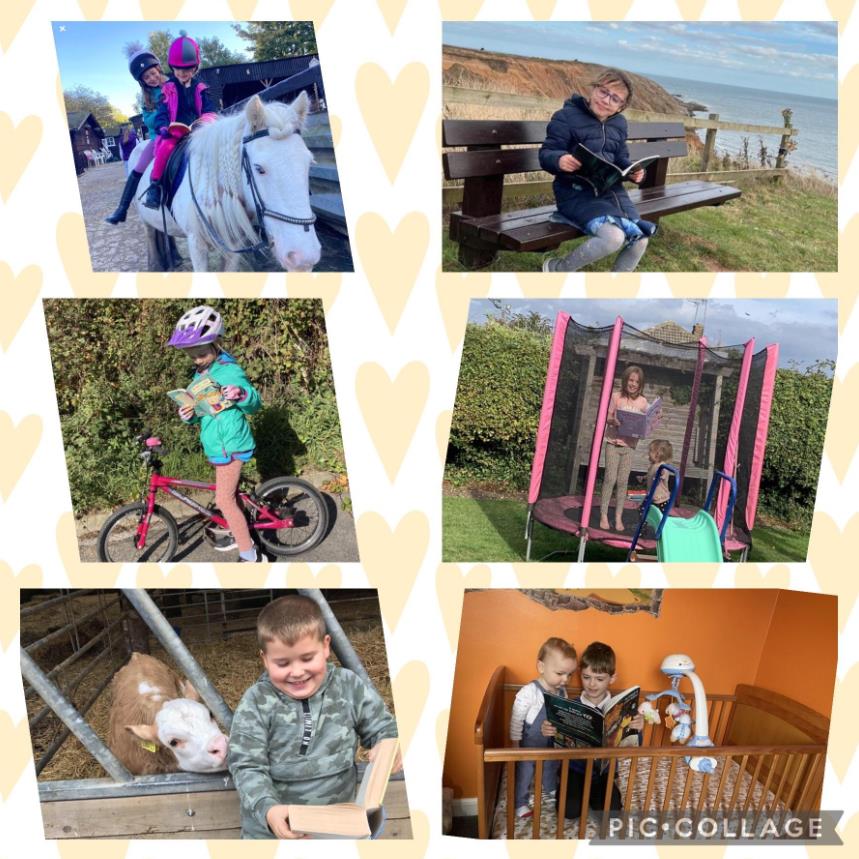
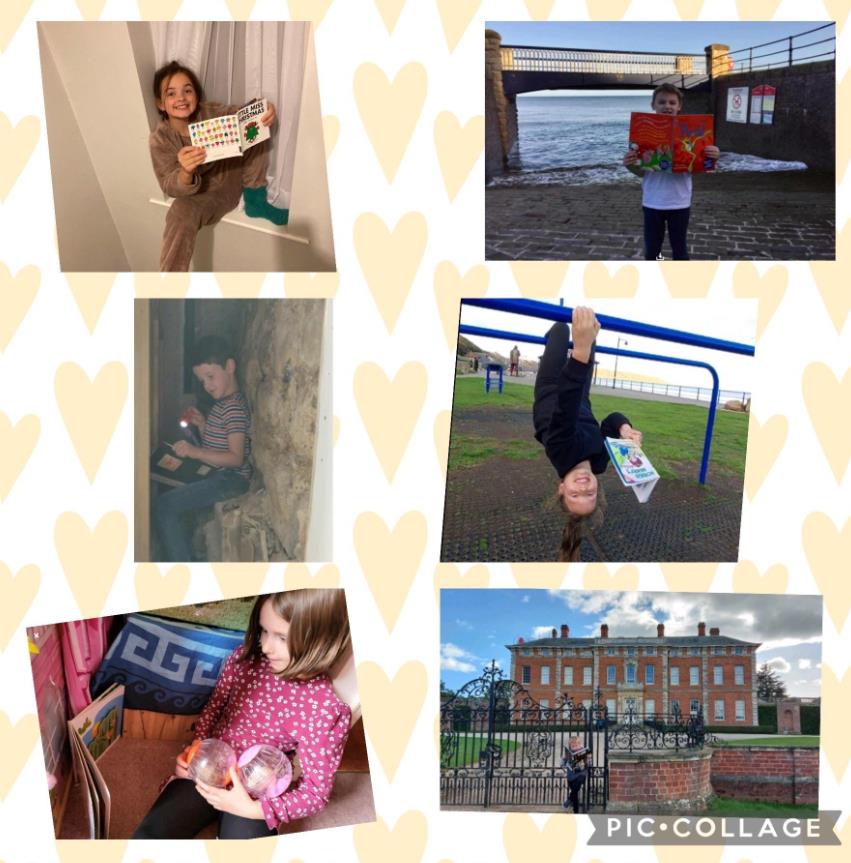
Hunmanby Primary School Curriculum 2024-25
To discover more about the curriculum in each class, click on the links below.

